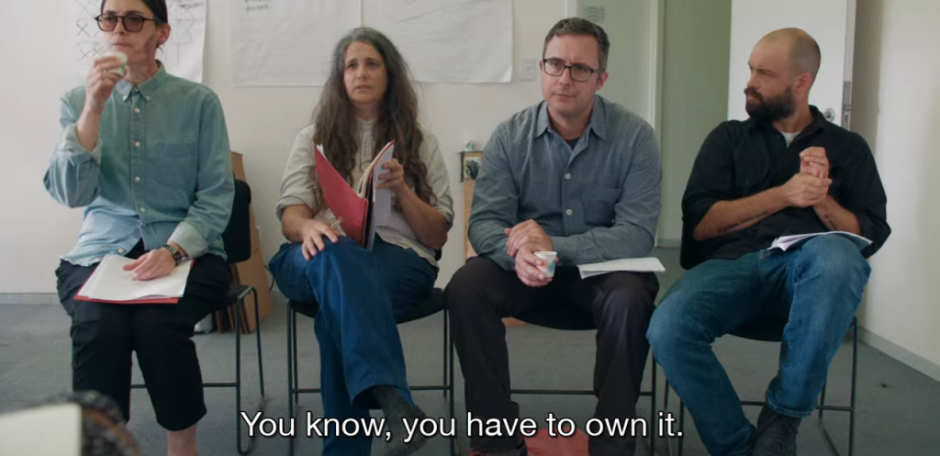1.The Design Critique and the Moral Goods of Studio Pedagogy
Summary: the text proposes moral goods as a framework to examine design critiques as a pedagogy. Critique is understood as an expanded definition that goes beyond the crit and covers all dialogical practices in a studio-based educational framework including 1:1s. It is seen not only as a close examination but as an evaluation of the object (formative and summative). Moral goods are understood as what the instructors “imagine” are the “implications for others whose lives are affected by what [that practice] bring[s] about” (Yanchar & Slife, 2017, cited in McDonald and Michela, 2019, p. 2). They focus solely on the perspective of teachers, interviewing 6 of them in the same university from courses that traditionally have studio practices and others that see critique in a more experimental way (like engineering). The text distributes moral goods as those produced in students, teachers (self-realisation) and stakeholders (industry and discipline).
Notes:
As a tutor I try to steer away for the “evaluation” as much as possible and focus on the “examination” of the work because most of my students have been trained to devalue that part of the process. I agree that the crit (the art version of the design critique) models certain forms of ‘proper’ art behaviour and thinking. In the case of the British art school model, it tends to socially impose an Anthony Caro conception of art that favours sculptural conceptions of art that use the crit as a moment of public ‘defence’ which consolidates the ‘art quality’ of an object, reifying very specific understandings of value in art instead of deconstructing the processes that construct what is value in art (Crippa, 2015). One that privileges specific traditions of object making practices, which see art as producing independent objects, clarity, ideas about universal audiences, discourse as a central arena of art discourse, etc.
The choice of courses is really interesting because it doesn’t include Fine Arts or Creative Writing, not only two of the main sources of critical writing against the crits as a model but that also share a very different relation to industry and the definition of success or value. Same about having only one female teacher, considering the difference in dynamics in the class environment, same goes for race and class.
Their definition of critiques is more to do with what we would define as a studio model, in the sense that they also include 1:1s for example. I’m assuming that this definition would cover most of what we do at the BAFA at Chelsea including AV Cultures, 1:1s, Research and Thought and Action Discussions, and the studio sessions to re-arrange spaces. To me it seems that a close ethnography of those situations such as a Donald Schön’s reflective practitioner offers a much more sophisticated and complex portrait of those relations. (Schön, 1991)
“For this reason, critiques matter to our participants because they provide a practical mechanism for observing what students are doing at any given moment and intervening quickly if necessary.” (McDonald and Michela, 2019, p. 16)
I quite like the idea that studio teaching (I find it confusing to use the paper terminology of critique) is a dialogical form of teaching that allows you to accompany students through their learning, having conversations that allow you to keep track and measure your interventions almost immediately. It makes me think of the role of connective labour as defined by Allison J. Pugh, the idea of a form of care that is epistemic in nature (Pugh, 2023).
References
Crippa, E. (2015) ‘From “Crit” to “Lecture Performance”’, in The London art schools: reforming the art world, 1960 to now. London, England: Tate Publishing, pp. 133–150
McDonald, J.K. and Michela, E. (2019) ‘The design critique and the moral goods of studio pedagogy’, Design Studies, 62, pp. 1–35. Available at: https://doi.org/10.1016/j.destud.2019.02.001.
Pugh, A.J. (2023) ‘Connective Labor as Emotional Vocabulary: Inequality, Mutuality, and the Politics of Feelings in Care-Work’, Signs: Journal of Women in Culture and Society, 49(1), pp. 141–164. Available at: https://doi.org/10.1086/725837.
Schön, D.A. (1991) The reflective practitioner: how professionals think in action. 2nd ed. Aldershot: Ashgate Publishing Limited.
